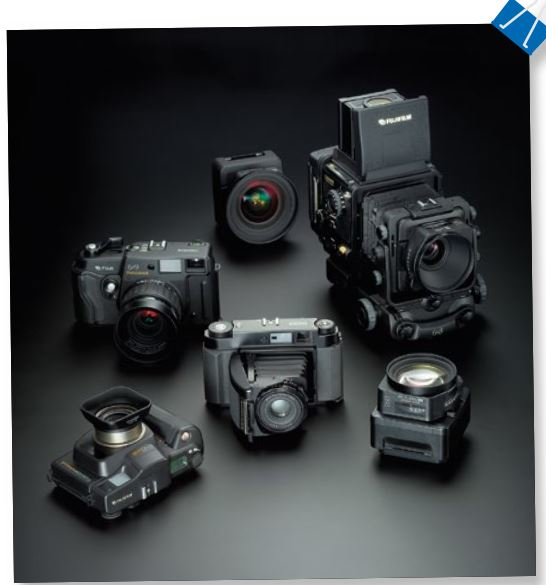Because not all sensors are made equal.



Before, landscape photographers seeking the ultimate in image quality would haul large format cameras that took 4X5” sized film into the wilderness, while professional photographers doing jobs that needed them to be more nimble would use medium format cameras like the Mamiya 645 or the Hasselblad 500c series. 35mm format cameras were used more for personal and reportage work that didn’t require as much resolution or detail.
With digital photography, the chemical process used for photography was replaced with an electrical one. Instead of silver halide crystals releasing silver ions in response to light hitting film, digital sensors trap electrons produced from silicon slabs (photosites) and feed them to image processors that then calculate exposure. For the longest time however, the quality of a digital photo was simplified down to a single factor: resolution. The higher the pixel count, the higher the information captured. This made sense technically, but photography is about light after all.

BIGGER IS BETTER
At its most basic level, the number of photosites on a sensor determines its resolution. But just relying on pure resolution numbers doesn’t tell the full story. For a given resolution count, the physical size of each photosite on a larger sensor will of course be relatively bigger, so a 20MP smart phone camera won’t give you the same details as a 20MP full-frame camera.
That’s the first advantage of medium format sensors. A typical medium format (MF) sensor measures 43.8 x 32.9mm, with larger variants measuring 53.4 x 40mm. That’s a good 60% difference in terms of surface area when you compare it to 35mm full-frame sensors that measure 35.9 × 24mm. Thus, for any given resolution, the photosites will be bigger on the MF equivalent. This means that for any combination of shutter speed and aperture the larger sensor will gather more light than the smaller one.
MORE INFO = BETTER DYNAMIC RANGE
Larger photosites also means the sensor will have greater light gathering capabilities. If we treated a photosite like a bucket and light photons as water, larger photosites will take longer to hit full capacity. This translates to more discernable levels (or stops) between pure black and pure white; also known as dynamic range. This also affects the total number of colors that can be captured, as colors are created by the camera’s sensor by addition of different levels of light coming from Red, Green and Blue pixels.
Most MF sensors have a dynamic range of 14 to 15 stops, and use up to 16 bits for color information. The latest 35mm full-frame cameras out there don’t seem to be that far behind, with the Sony A7S II coming in at 13.3 Evs and the Nikon D750 coming in at 14.5Evs (DXOMark scores), but these only capture up to 14 bits of information in RAW mode.
Those extra two bits make a world of difference when you look at the numbers. A 14-bit sensor can store up to 16,384 discrete levels of information, while a 16-bit sensor can store up to 65,536. Take each level of information to be a single color, and it’s easy to see how much greater the dynamic range will be when using a larger MF sensor.
That also means you can afford to compensate for the limits of the image sensor more by exposing for highlights and then bringing shadow details back in post. With a smaller dynamic range for example, shadow detail below a certain level is simply Hardware set as black (or value 0) because there is no way for the sensor to distinguish between levels (and likewise for highlights).

MORE LIGHT, LESS NOISE
The final advantage of a larger MF sensor relates to noise performance. Noise is directly related to the heat generated by the image sensor. And on a base level, is largely a case of physics. With a larger surface area, heat dissipates faster and there is also more room to employ cooling mechanisms. So, for two sensors on CMOS technology you’d expect the larger one to have less noise.
Larger pixels also receive more light for the same exposure time, so the light signal is stronger, giving a higher signal to noise ratio – resulting in a smoother looking photo. If two sensors have the same apparent noise level when viewed at 100%, the sensor with the higher pixel count will produce a cleaner looking image because the noise gets enlarged less for the same sized print.
CONCLUSION
In general, larger sensors definitely have an advantage in terms of image making. It’s the extravagant cost (which has only in recent years started to come down) and the excellent performance of 35mm format digital cameras that have kept them from being more widely used.
PICTURES FUJIFILM, PHASEONE.























